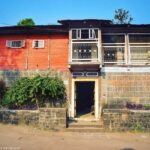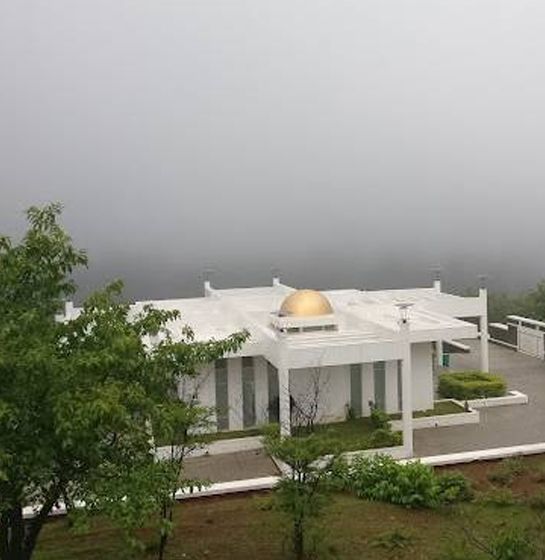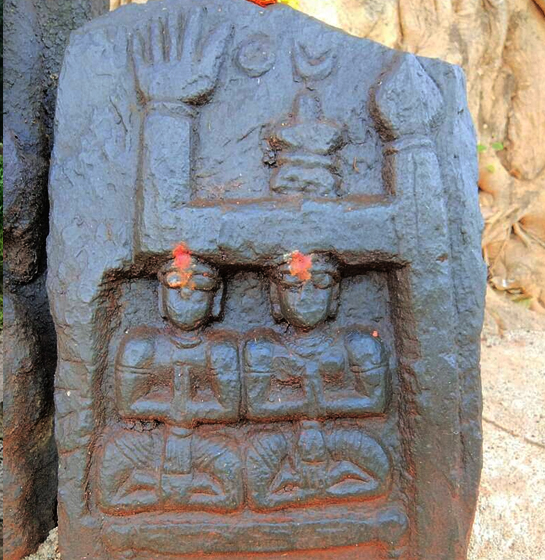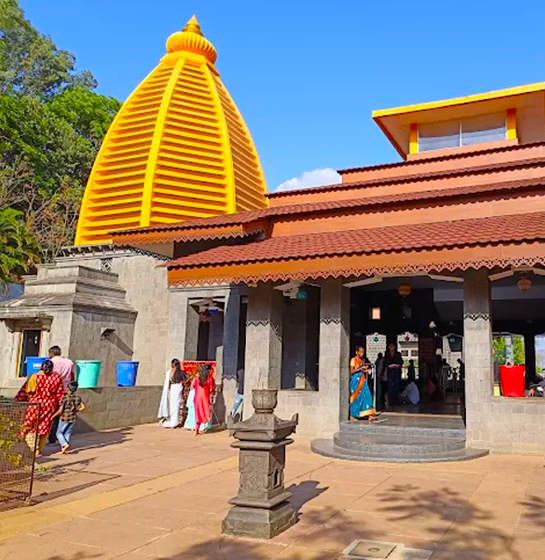Joripatil Wada – Bhadas
(Mulshi, Pune)
The village of ‘Bhadsa’ is situated at the foothills of the Waghjai mountain, 10 kilometers from the village of ‘Paud’ in Mulshi. The village of ‘Mauje Bhadsa Bu.’ located on the banks of the Mula River, has been mentioned during the Shivaji era. Documents from the Shivshahi period mention this name. Chhatrapati Shivaji Maharaj, in the establishment of Hindavi Swarajya, received support from the strong and loyal people living in the mountain crevices. One such village is the home of the ‘Jori Patil’ family! Though their mansion is no longer fully intact, the remnants of the village remind one of the family’s achievements.
The outline of the mansion can be envisioned by the extensive structure, the courtyard, and the vast layout. The stone pillars of the mansion are broken down, and some of them were used during the renovation of the Bhairavnath temple. The elegant and finely carved stones give us a sense of the mansion’s grand design. How simple yet magnificent this rugged Patil from Maval must have been, managing administrative affairs from such a grand mansion? During British rule, a district local board school operated in this mansion. Bullock carts filled with grain used to enter the mansion.
At the village lake, there is a mention of “our mango trees at Mauje Bhadsa and the embankment built there.” Presently, there is a sculpture of ‘Baji alias Chhabaji Patil’ in the temple. This statue reminds us of the time when he fought a tiger during the Waghjai Palakhi procession. Nearby, the ruins of a Mahadev temple and several samadhi (memorial stones) can be found. Near the steps of the Bhairavnath temple, two hero stones (Veer Gal) and a Gajalakshmi figure can be seen. These are sufficient to bear witness to the history of the Jori-Patil family. There is also a letter from the Peshwa period granting rights to the Karve Bhat family of this village.
The history of the once neglected Jori Patil family of Bhadsa is now understood through the recently discovered documents in their possession.
Historical Significance
This family is believed to have held the Patil’s (headman’s) office (Watan) since the pre-Shivaji period. In a 1617 document of Mahadji Gosavi Chinchwadkar, there is a mention of ‘Jori Mukadam (Patil)’ with the phrase “received 24 and a quarter mann (weight) of grain.” Another mention is found in a document from 10th October 1675, referring to ‘Maloji bin Vittoji Jori Mukadam’ being present at Khadakwasla Bhosale Patil Wada (mansion). During the reign of Sambhaji Maharaj, a judgment was passed in favor of the Patil’s claim to Watan.
In a dispute between Krishna and Samji, two brothers from the villages of Bhadsa and Sambhavi, the then Deshmukh (local chieftain) awarded Watan to Kanhoji Jori Sambhavekar (Mulshi). Witnesses were brought from the Deshmukh, Deshpande, and Mahal offices to prove that Krishna Samji was the rightful holder of the Watan. This dispute later reemerged during the Peshwa era, escalating into a violent conflict where Samji was killed in a mountain pass (Veer Khind). During the reign of Madhavrao Peshwa, there is mention in a royal decree of the rights to Sardeshmukhi and Chauth (local tax) being granted to the Jori Patil family of Bhadsa. In addition, the records mention a decree to capture a criminal from Mauje Mugavde village in Pavana Maval, and documents pertaining to the administration of Sardeshmukhi during British rule.
The village of ‘Alvas’ was submerged under the Mulshi Dam. Previously, it was a major marketplace with large traders. In 1830, there was a robbery, and a warning notice was issued to the Jori Patils to help the government track down the robbers. This shows that the family was responsible for the district, proving that it was an influential family in the region.
There are records of land grants on the banks of the Mula River, indicating that the Jori Patil family had three villages under their Watan. These villages were situated near the territory of the Bhorkar secretaries. The village of Kolwan, which belonged to the Bhorkar secretary, is located near Dongargaon, where the mansion is still in good condition. During the Waghjai Devi festival, there was a conflict over the ‘Garland of the Goddess’ between the Jori Patils of Bhadsa and the Jori Patils of Dongargaon. Weapons were used in the fight, and 18 people were imprisoned by the Company government (1842). The documents from the Dabhade Talewadkar and Baroda Gaikwads indicate that the Jori Patil family also served under their authority.
Photo: Historical remnants of Bhadsa village.
Taluka: Mulshi, District: Pune
Information compiled by: Vikas Chaudhari
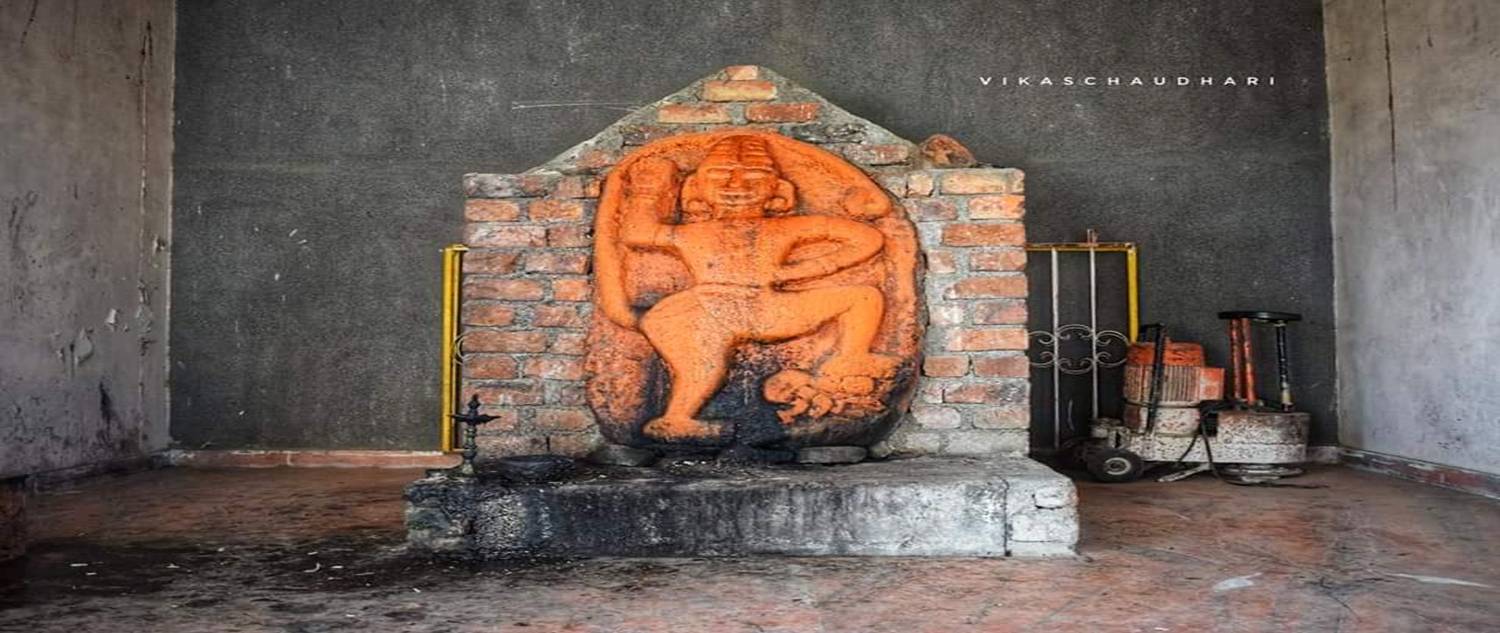

Joripatil Wada - Bhadas Deatils

What to Expect
A mix of dense forest and open plateau.
– Various fruit-bearing trees and lush vegetation.
– Historical and cultural sites along the trail

Best Time to Visit
Winter (October to February): Ideal for trekking due to pleasant weather.
Monsoon (June to September): Offers lush greenery and waterfalls but requires extra caution due to wet conditions.
Summer (March to May): Can be quite hot; start hikes early to avoid the heat.

How to reach there
Mulshi is accessible by road from Pune and Mumbai. Public transportation options and private vehicles are available for reaching the trailheads.

Tips for Hikers
Carry at least 3 liters of water and some snacks.
– Consider hiring a local guide for a more informative experience.
– Start early to avoid the midday heat.
Experience the various trekking routes of Mulshi and immerse yourself in the natural beauty and cultural richness of this captivating region. Whether you seek adventure, tranquility, or historical exploration, Mulshi offers you a unique trekking experience.
admin
Published: October 9, 2024

